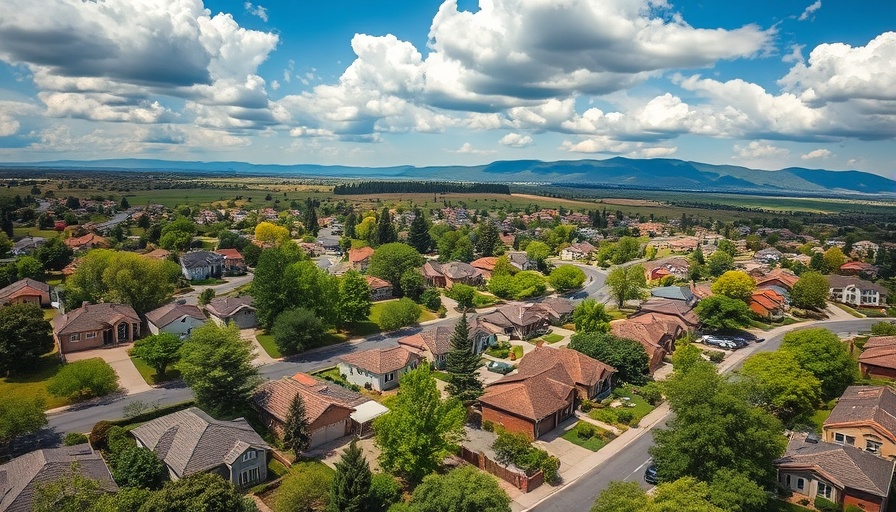
Discovering California's Spring Gardening Wonders
As the golden sun rises over California's picturesque landscapes, springtime ushers in a glorious rebirth of gardens. Lori's garden, nestled amidst the vibrant California scenery, serves as a prime example of the beauty and productivity achievable through home gardening. For many urban and suburban homeowners, cultivating their own green sanctuary not only begins a deeply personal journey but also fosters a connection to the food they consume.
Creating a Sustainable Oasis
Lori's approach focuses on sustainable gardening practices that align with organic principles. By incorporating composting methods and selecting perennial plants, she transforms her garden into a self-sufficient ecosystem. The use of raised bed gardening maximizes space and soil health while minimizing weed growth. This is particularly advantageous for those with limited gardening space looking to optimize their yield.
Thriving with Drought-Resistant Plants
In California, water conservation is crucial. Lori's garden exemplifies how selecting drought-resistant varietals can lead to stunning aesthetics without the constant worry of irrigation. Incorporating native plants not only reduces water usage but can enhance local biodiversity, making gardens both beautiful and ecologically sound. Homeowners across the state can take inspiration from her plant choices, designing gardens that thrive on minimal water yet still burst with life.
Gardening Tips to Elevate Your Spring Planting
For those eager to replicate Lori's success, here are some actionable gardening tips:
- Soil Health: Test your soil before planting to ensure it’s rich in nutrients. Incorporate organic compost to promote healthy plant growth.
- Mix It Up: Introduce a variety of plants to attract pollinators and beneficial insects. This diversity will help in maintaining a balanced ecosystem.
- Plan for the Seasons: Choose a selection of perennials for long-term beauty alongside annual vegetables for seasonal harvests.
The Joy of Growing Your Own Food
Nothing compares to the satisfaction of harvesting and consuming home-grown produce. Food that comes from your garden tastes fresher and often contains more nutrients than store-bought alternatives. Vegetable gardening, highlighted in Lori’s experience, offers not only a source of organic foods but also an opportunity for delicious experimentation in the kitchen. This connection to the cycle of growth and consumption fosters a deeper appreciation for the food we eat.
Community Connections Through Gardening
The garden serves as a hub for community connection. Lori often hosts gatherings to share techniques and successes with her neighbors, creating a supportive network of like-minded gardening enthusiasts. Engaging in gardening activities with friends and family fosters strong interpersonal bonds and encourages collective learning. The act of nurturing plants leads to mutual support, education, and a shared sense of community pride.
Challenges and Opportunities for Gardening in California
Despite the many rewards of gardening, it’s not without its challenges. Issues such as soil depletion, pests, and climate variability can pose significant hurdles. However, these challenges also present opportunities for innovation and learning. Embracing techniques like organic gardening and integrated pest management can help mitigate these problems, allowing gardeners to adapt and thrive in a changing environment.
In conclusion, whether you are an experienced gardener or just starting your journey, print resources and community support play crucial roles in fostering sustainable gardening practices. Lori's spring garden is a testament to what can be achieved through dedication and thoughtful design. So grab your garden tools, embrace the sunshine, and nurture your own spring wonderland.
Take Action: If you’re inspired by Lori’s story, consider starting your own garden project this spring! Explore local resources, join gardening clubs, and don’t hesitate to reach out to fellow gardeners for advice and support.
 Add Row
Add Row  Add
Add 




 Add Row
Add Row  Add
Add 

Write A Comment